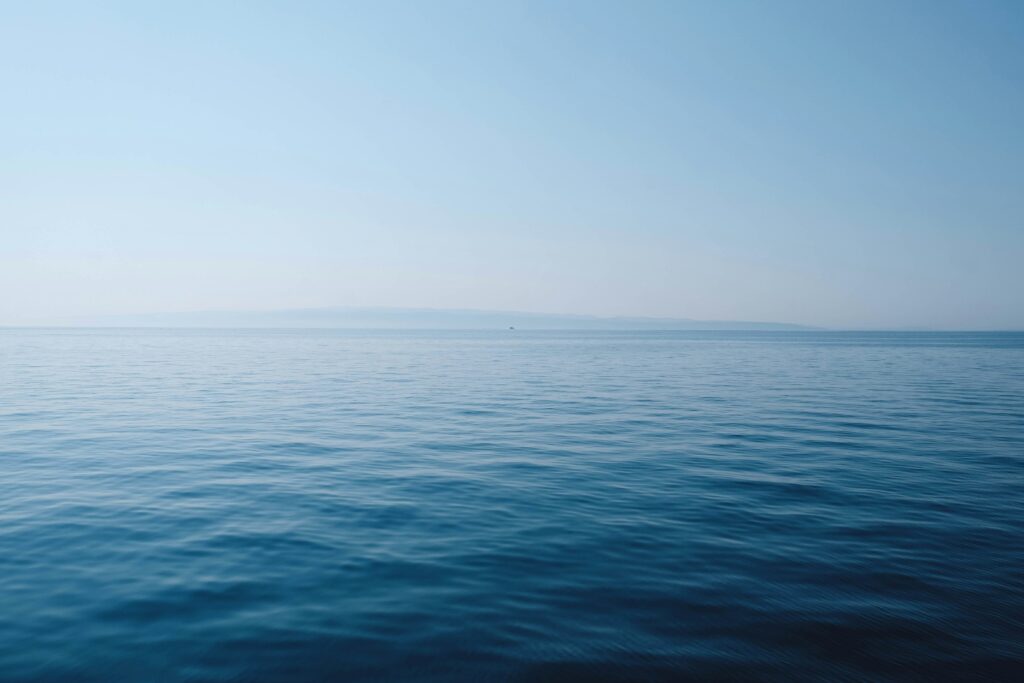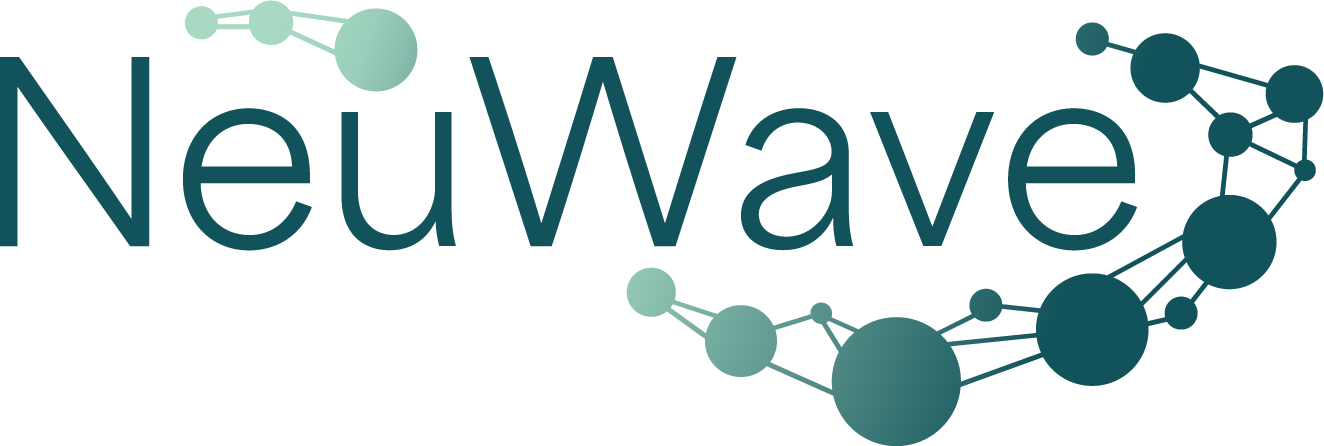Whether conducting essential maintenance or constructing new infrastructure out at sea, fleets of countless service vessels and tireless crews make up the backbone of our offshore industries. All of this relies on favourable weather, and predicting conditions accurately.
Maritime navigation has always been challenged by the weather. In modern offshore industry, the go/no-go decision to leave port is at odds from all angles: safety, efficiency, and downtime costs.
While experienced captains wrestle with changing realities at sea simply to keep their crews and vessels intact, project necessity drives operations ever-forwards. Current offshore navigation tools often don’t stand up to the task, relying on low-resolution, fragmented data.
Recent technological development (and investment in companies like NeuWave!) has allowed for improved tools, and deeper understanding of local environmental conditions. But how can this help crews on the ground? And what will it take for wide-scale industry adoption?

How does offshore navigation work?
Despite supporting industries worth billions, current offshore navigation methods for service support vessels still rely heavily on outdated methods and fragmented data.
The sea is a cruel mistress, as sailors have recounted throughout human history. Offshore operations will always be at the mercy of changeable ocean conditions and extreme weather, but this doesn’t mean our approach to navigation needs to stay anchored in the past.
Captains consult paper charts and standard weather forecasts, supported by decades-old radar technologies, and the onboard experience of their crew. Their days are filled with spreadsheets, record keeping, and manual decision making.
But while these methods have kept vessels moving for decades (if not centuries), they’re riddled with blind spots. That’s why smarter, more adaptive tools are needed: tools that can bridge the gap between historical patterns, real time conditions, and predictive foresight.
Existing navigation systems fall short
Standard forecasts are rarely accurate enough to reflect the true complexity of conditions offshore; wave heights and other environmental conditions can vary drastically over relatively short distances that low-resolution datasets will struggle to convey.
Live buoy data offers real-time insight, but coverage can be patchy, and many offshore areas are ominously dubbed “data deserts”, making it impossible to rely on these alone. Even when buoys are within range the information can be delayed, limiting its usefulness for dynamic routing in potentially fast-changing conditions.
This leaves vessel operators with a reliance on human judgement. High-stakes decisions are often based on instinct and experience rather than precise, data-backed insights.
While skilled crews are invaluable, no amount of intuition (even from the very best) could close the gap between outdated tools and the scale of today’s offshore challenges. Despite best efforts, this is the difference between reactive and proactive decision-making for captains, and it costs weeks missed at sea every year.
For industries worth billions, those limitations in marine navigation translate directly into risk: more downtime, more safety incidents, and more cost.
The current marine navigation systems aren’t built for the complexity of modern offshore operations.
The rise of data-driven navigation
With improved resolution and efficient networks that combine historical datasets with real-time feeds, offshore navigation becomes more accurate.
Hindcast (or historical) data offers long-term insights into local environmental conditions, allowing for a deeper understanding of relevant trends and patterns. This is useful when making the go/no-go decision at port; and invaluable for long-term planning and operations management.
By incorporating decades of wave height, wind speed, and tidal data, operators gain a clearer sense of what’s “normal” at their project site; and sometimes more importantly, what’s not.
When combined with live buoy data, those insights become sharper. Instead of relying on delayed or patchy forecasts crews can compare present conditions against historical trends in real time. This helps identify whether a sudden change is a passing anomaly, or the beginning of a larger weather event. That level of context transforms raw numbers and honed instinct into reliable foresight.
Data-driven maritime navigation provides deeper understanding of envronmental conditions and what’s actually happening below the waves.
Beyond data aggregation, recent academic studies emphasise how computational intelligence methods can synthesise multi-source data to assess navigation risk more precisely than ever before. Integrated datasets reduce uncertainty. And in offshore operations, uncertainty one of the the most expensive factors of all.
By converting previously fragmented datasets (from wave height and wind speeds, to storm warnings and tidal patterns) into consolidated, high-resolution intelligence, captains and coordinators gain access to reliable, resilient, actionable insights for offshore navigation.
Practical benefits for offshore industries
Supporting essential maritime logistics decisions, and reducing the gap between “predicted wave height” and what the crew will actually experience on the day. Being able to accurately predict and plan for real local conditions can mean the difference between a damaged vessel and a successful maintenance job.
Data-driven support optimises service vessel navigation, and better decisions can save millions of pounds.
But what are the specific practical benefits?
| Improved safety | • Fewer weather-related accidents occur when decision are made on accurate, high-resolution data rather than guesswork. Crews also benefit from more reliable scheduling, reducing fatigue caused by uncertainty and last-minute changes. • Safer working environments, lowering the human cost of offshore operations. |
| Reduced downtime | • When scheduling is based on data-driven foresight, projects are much less likely to grind to a halt. Optimised timetables keep operations on track, whilst reducing costly delays and extended periods of downtime offshore. • Even saving a single day of vessel hire can offset operational expenses costing tens of thousands. |
| Environmental | • Route optimisation driven by accurate forecasting directly improves fuel and operational efficiency. By minimising unnecessary journeys or course corrections, companies reduce emissions alongside costs. • Aligns offshore operations with sustainability commitments and net-zero targets. |
Future navigation tools – the next 5 years
Whether its cargo shipping or service vessels, the future of offshore navigation belongs to systems that think ahead – defined by real intelligence, data integration, and smart automation.
As we approach the end of the decade, we’ll see the industry continue this anticipated shift away from reactive decision-making, towards a more proactive, predictive approach to marine logistics; powered (most likely) by AI.
Instead of responding to weather changes as they unfold, AI-driven routing tools will allow vessels to anticipate conditions in advance and adapt dynamically, adjusting course with better precision.
Want some good news? We’re already working on it here at NeuWave!
This intelligence won’t exist in isolation. Future offshore navigation tools will be deeply connected to digital twins of offshore assets and infrastructure, creating a live, mirrored model of the actual environment. Operators will be able to visualise risks, simulate outcomes, and make data-backed decisions that align with safety and efficiency targets.
Dynamic risk dashboards will become a new standard, providing vessel operators with real-time updates that cut through noise and focus on the information that matters most. Autonomous vessel navigation is still a long way off, but decision-support systems are already being designed to operate with minimal human intervention.
Captains know what they’re doing, and the best future tools won’t be the ones that try to replace experienced human input. They’ll be the tools that enhance it.
Current navigation systems, built on low-resolution forecasts and fragmented data, simply can’t keep pace with the scale and complexity of today’s offshore operations. Smarter, data-driven tools are needed. With tighter safety regulations, rising operational costs, and mounting pressure to meet net zero commitments, the cost of inaction is far greater than the cost of adoption.
Companies that wait for “perfect” solutions risk falling behind, while those who embrace new navigation technologies today position themselves to operate safer, leaner, and more competitively tomorrow.
A call to arms for tighter offshore navigation
NeuWave’s cutting-edge WAVE tools combine hindcast data and live buoy updates to give service vessels the precision and safety margin they need offshore. Save tomorrow by booking a free live demo today.

